A group of soldiers from the Russian 26th Regiment posted a video accusing the commander of hiding the unit's losses in Ukraine, asking to be replaced after 4 months of fighting.
Members of the 2nd Battalion, 26th Regiment of Russia, operating on the Kherson front in southern Ukraine, posted a video on the social network Telegram on November 23, complaining about the combat situation and the competence of the regimental commander.
In the video, the group of soldiers said they were deployed to the village of Krynky on the east bank of the Dnieper River, the front line in Kherson province, since July 30, but have not been rotated back to the rear despite fighting continuously for nearly 4 months.
"We were deployed here without ammunition. Each person was only given 4-6 magazines. Some people did not even have body armor," said a representative of the group of soldiers.
They accused regimental commander Aleksandr Petrovich Zladko of sending false reports on the fighting situation in Krynky, claiming that the situation of Russian forces was not as optimistic as the information provided by Lieutenant Colonel Zladko.
"From the very beginning, he reported that everything was fine here and that we had maintained our strength. In fact, from three companies, we were down to about 50 people," the group's representative said. A Russian army company has about 150 soldiers.
Members of the Russian 26th Regiment criticize their commander in a video posted on November 23. Video: Telegram/MN
They said they refused to comply with the order, but insisted they would not abandon their posts. "We ask to be rotated to the rear for rest," they said, adding that the message was addressed to Russian Defense Minister Sergei Shoigu.
The Russian Defense Ministry has not commented on the information.
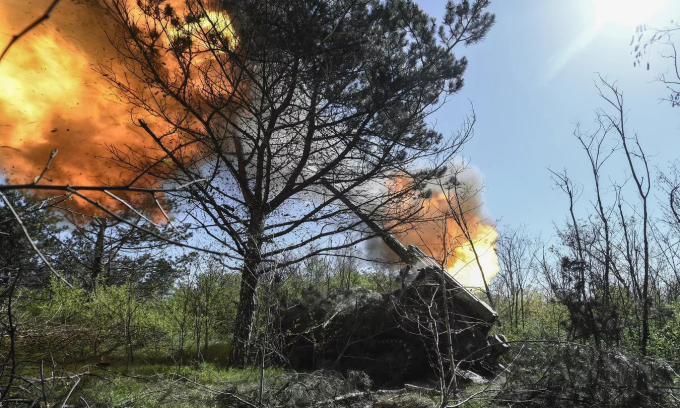
Russian Giatsint-S self-propelled artillery fires on the southern front of Ukraine on May 3. Photo: RIA Novosti
The Dnieper River is the new front line on the southern front of the counteroffensive launched by Ukraine in June. Measuring 2,200 km long and 1.5 km wide in some sections, the river is considered a natural stronghold for Russian troops on the eastern bank, allowing them to freely shell enemy targets on the other side of the river with little risk of counterattack.
The Ukrainian army announced on November 17 that it had gained a foothold on the eastern bank of the Dnieper River, marking a rare major advance in a counteroffensive that had been considered "stalemate". Two days later, the force said it had advanced another 3-8 km on the eastern bank of the river and was continuing to push deeper inside.
Analysts say establishing a bridgehead on the east bank of the river would give Ukrainian forces a springboard to attack further south and close in on the Crimean peninsula.
However, others said that the bridgehead area established by Ukrainian soldiers was too small, making it difficult for this force to transport heavy equipment across the river, while Russia still maintained overwhelming firepower and numbers on the eastern bank, so the possibility of Kiev converting this result into a clear breakthrough was not high.
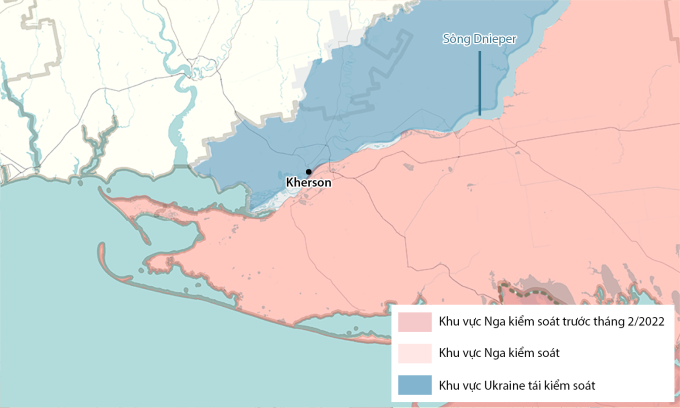
Location of the Dnieper River. Graphics: RYV
Pham Giang (According to Newsweek )
Source link


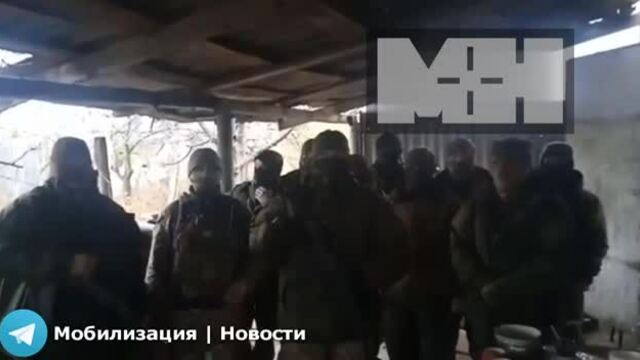






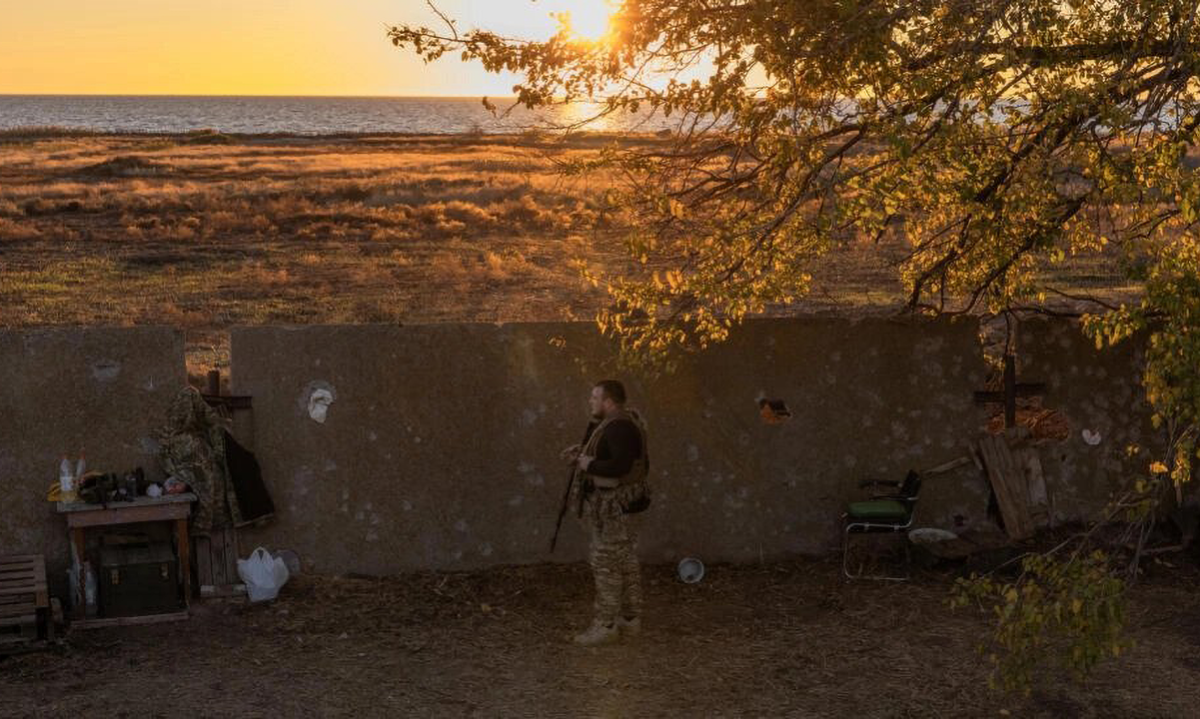
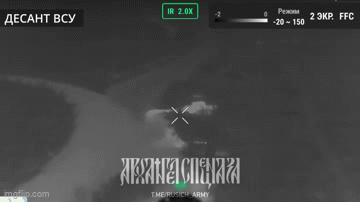

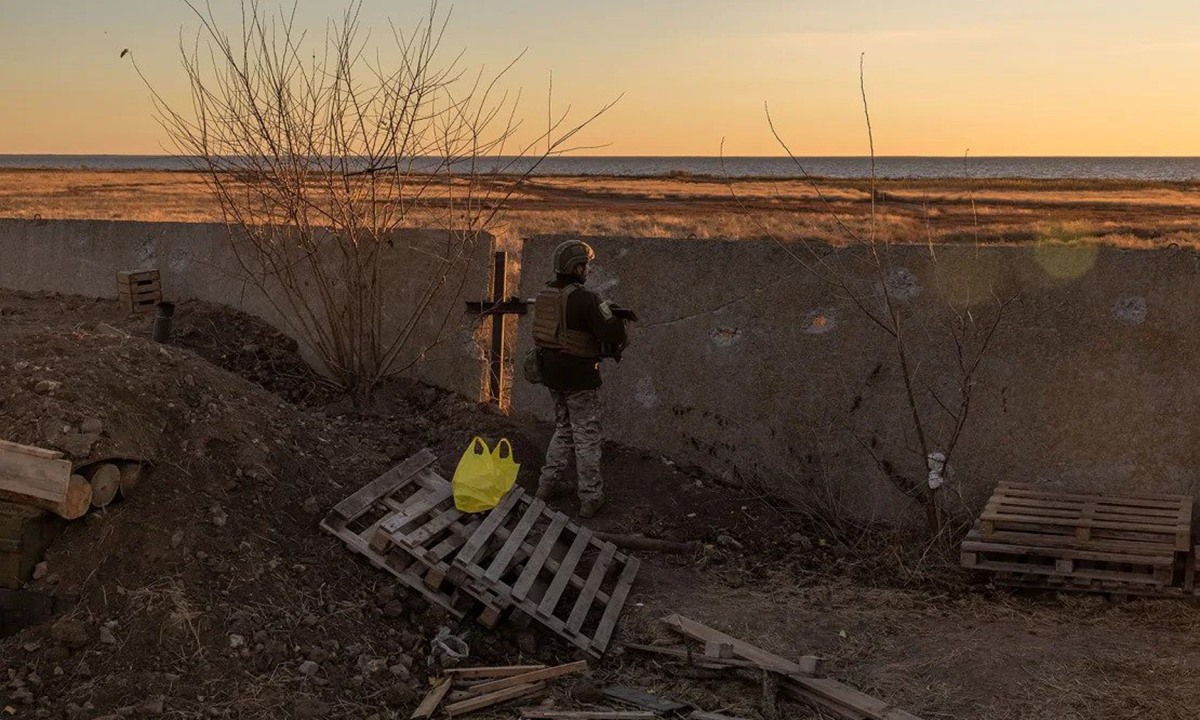
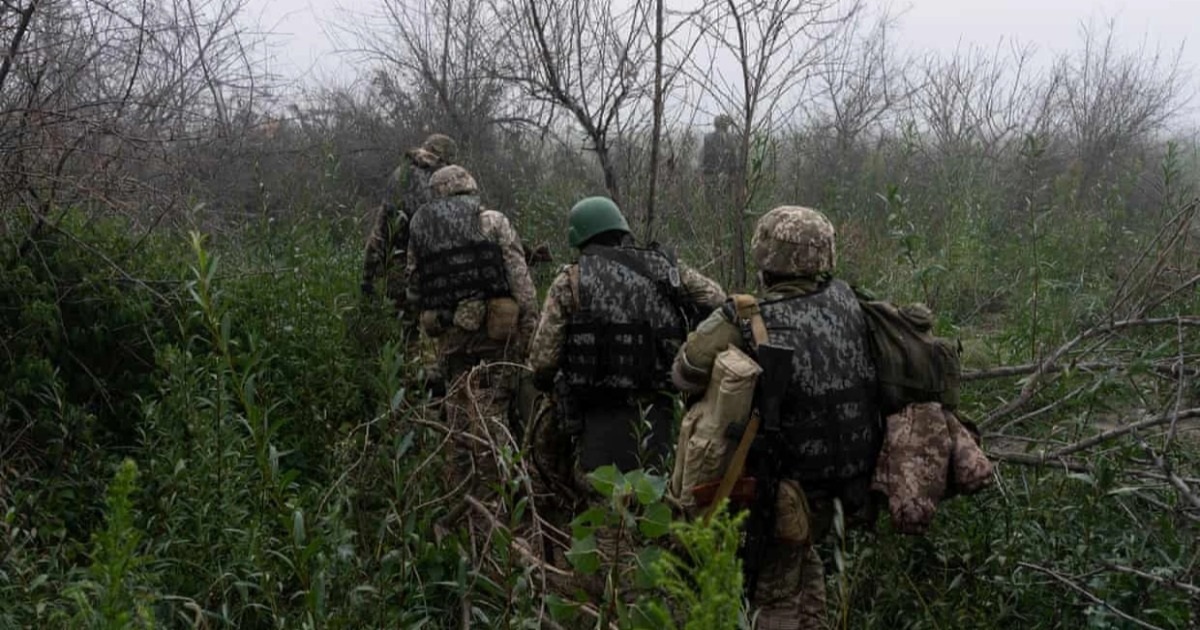

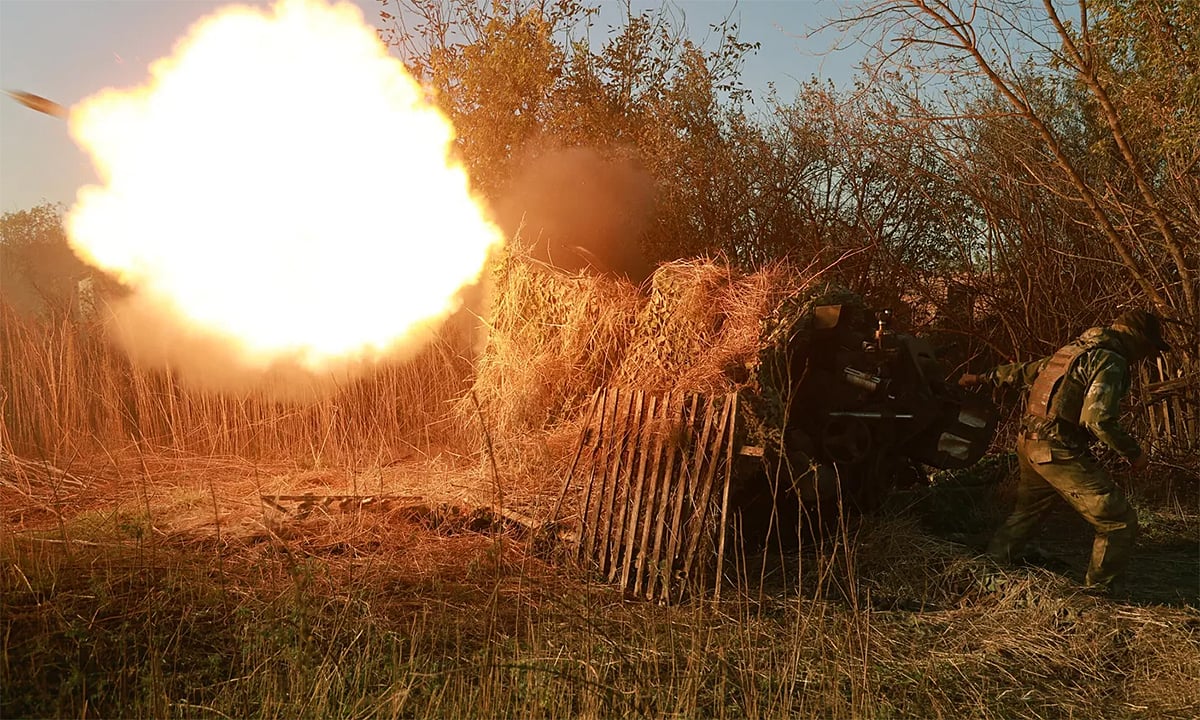
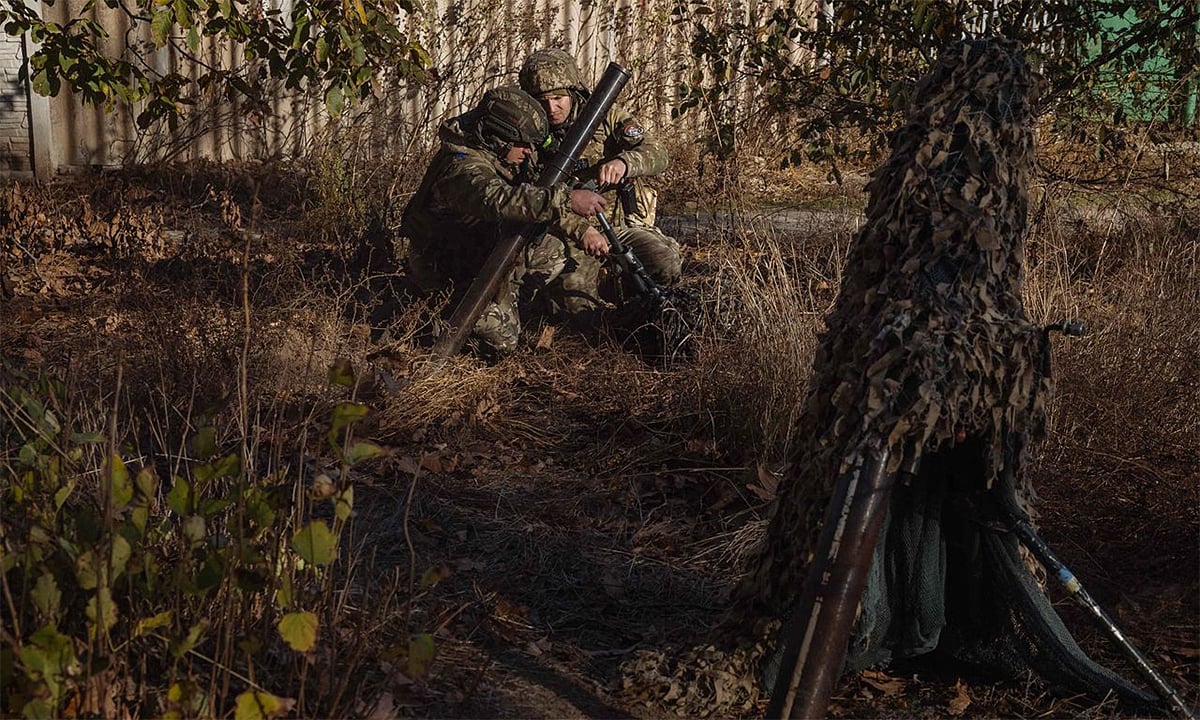
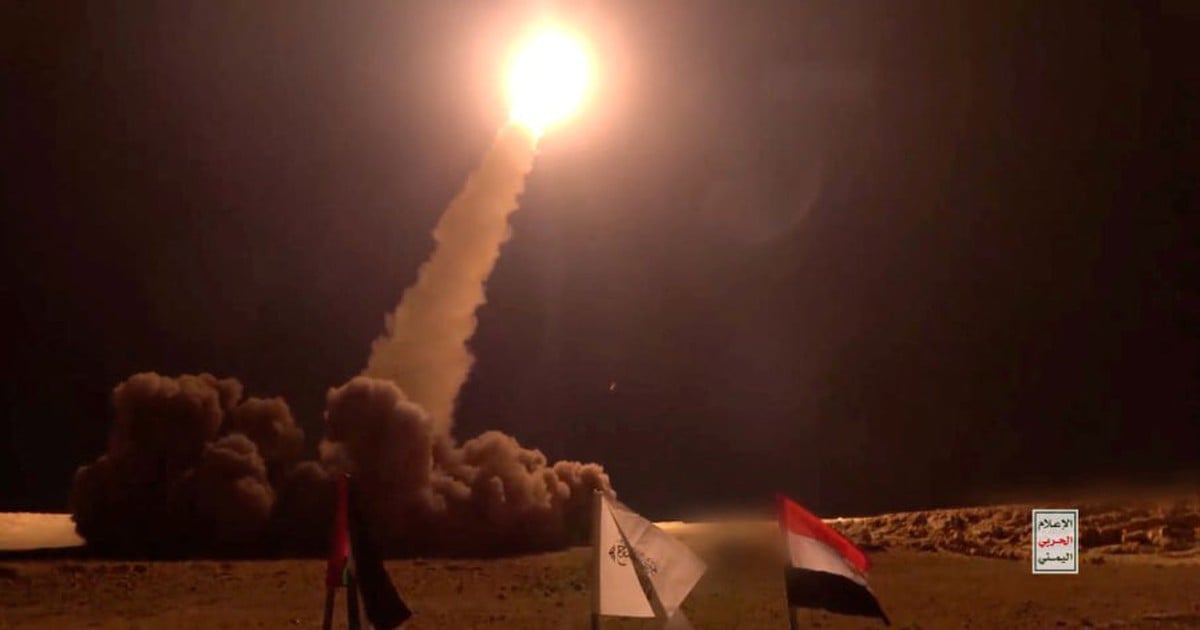




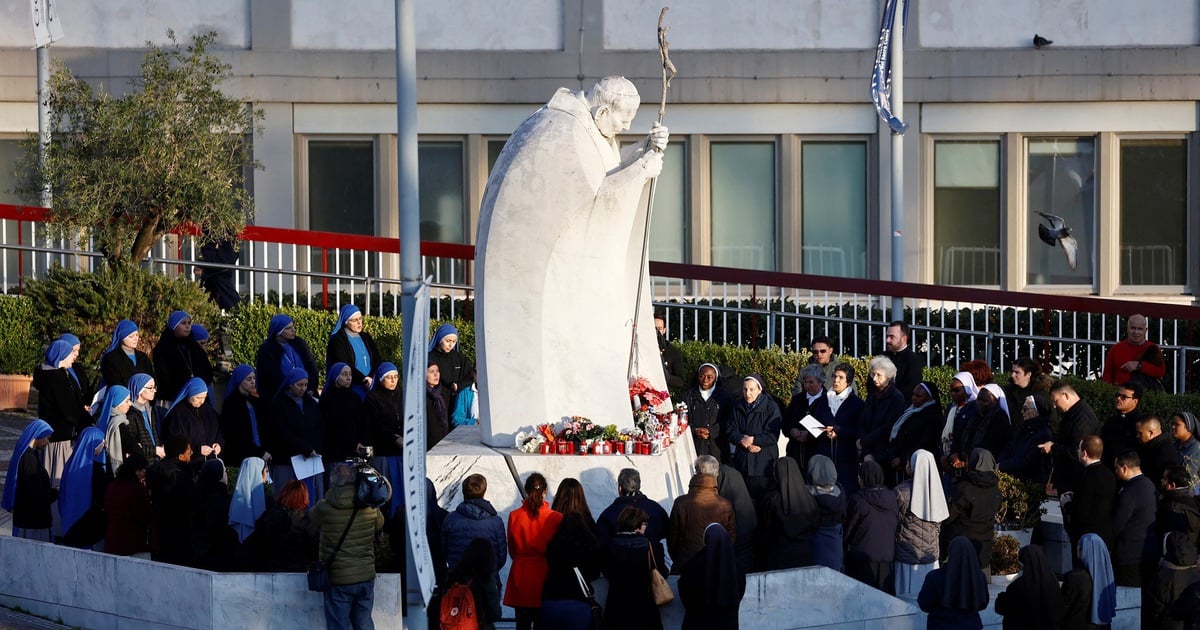

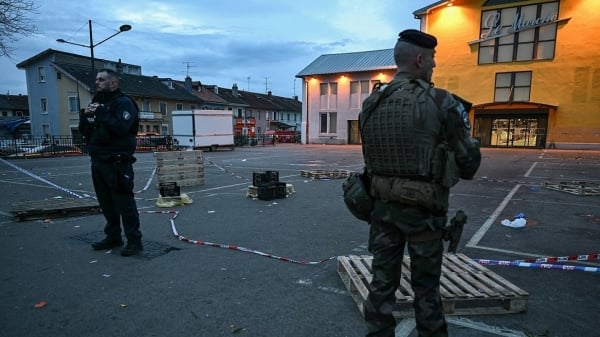













![[Photo] Prime Minister Pham Minh Chinh chairs Government Conference with localities on economic growth](https://vstatic.vietnam.vn/vietnam/resource/IMAGE/2025/2/21/f34583484f2643a2a2b72168a0d64baa)








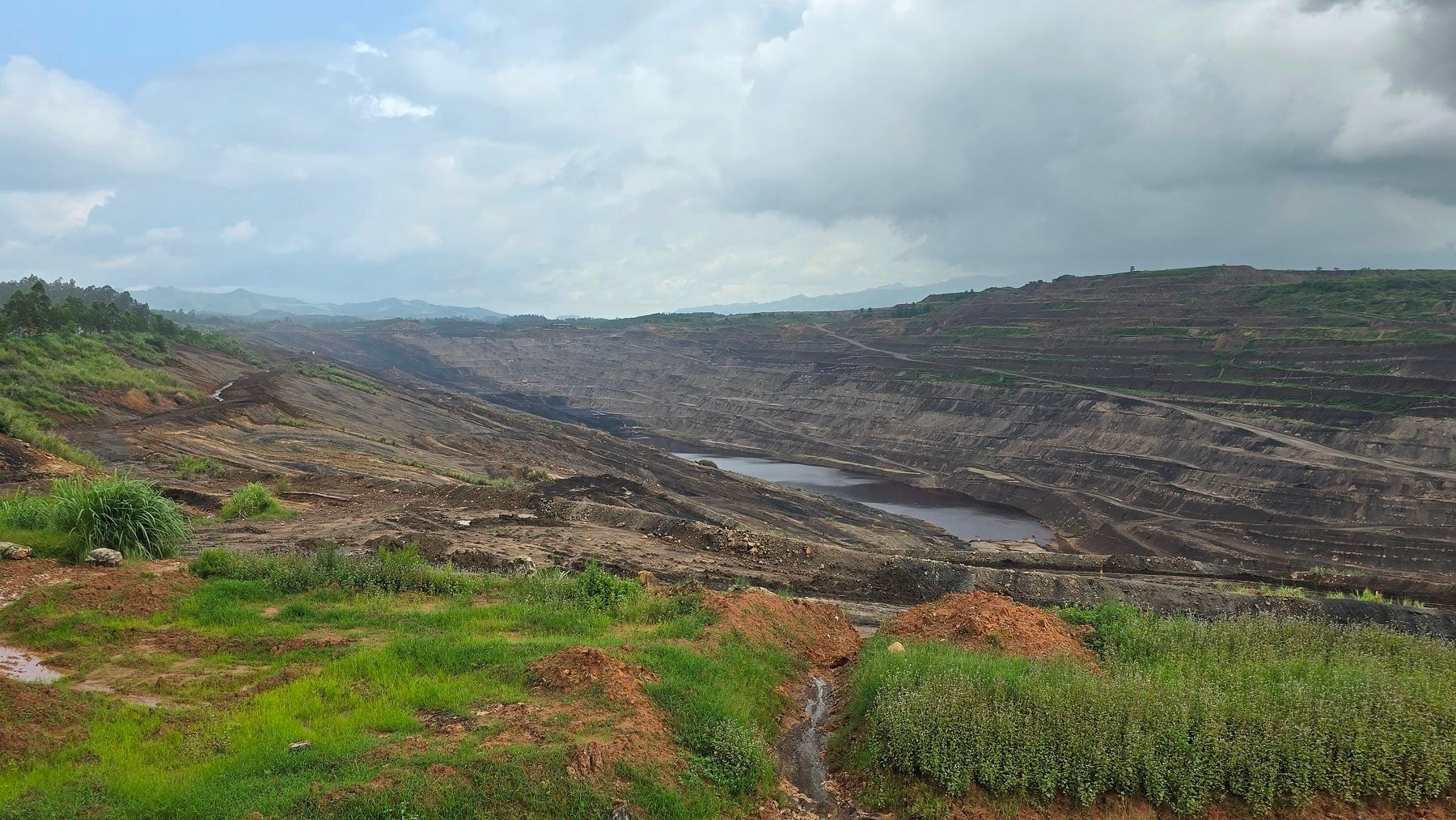


















































Comment (0)